National Pride: India’s First Blind Active-Duty Officer Wins Prestigious 2025 Award
In a moment that resonated with pride across the nation, Lt Col C Dwarakesh, India’s first completely blind officer to continue in active military service, received the National Award for Persons with Disabilities 2025 in the prestigious Sarvshreshth Divyangjan category. President Droupadi Murmu presented the award during a special ceremony in New Delhi to mark the International Day of Persons with Disabilities. For Dwarakesh, the honour was deeply emotional. He described it as a “full-circle moment,” the second recognition from the President of India, the first being his commission into the Army in 2009. The Day Everything Changed: From Tragedy to TransformationDwarakesh’s life took a devastating turn in 2014 during a work-related accident in Pune. The incident claimed the lives of other Army personnel and left him severely injured, leading to complete loss of eyesight. What followed were eight months in the hospital and countless predictions that his military career had ended. But Dwarakesh refused to let destiny write his story. The accident that threatened to break him became the turning point that reshaped his purpose. He returned to service, rebuilt his life, and discovered fresh avenues of achievement.Reclaiming Life Through Learning, Technology and DisciplineInstead of allowing disability to limit him, Dwarakesh immersed himself in learning. He turned to academics, cleared the UGC-NET, and became one of the very few visually impaired academicians specialising in management, HR, labour laws, and sports research. Technology also became a powerful ally. AI-enabled tools and assistive devices allowed him not just to work efficiently but to excel at tasks traditionally dependent on sight. In the Army, he regained full operational ability, working with the same precision and dedication expected of any officer in uniform. His ability to perform complex tasks on par with sighted peers quickly became a symbol of the Army’s belief in inclusivity and merit.A Sporting Champion Who Redefined LimitsWhile rebuilding his professional life, Dwarakesh also stepped into the world of para sports, first through swimming and later through competitive shooting. His introduction to para sports began in 2018 at the Paralympic node in Khadki, Pune. Within months, he became a national champion in swimming and shooting and rose to global prominence. Today he stands as World No. 3 in the 10m Air Rifle Para event. His world-record score of 624.6 at the 2025 UAE Shooting World Cup remains a milestone in international para shooting history. From breaking national records to representing India in major Paralympic competitions, his sporting journey is not just about medals. It is about proving that excellence emerges from dedication, not only on physical ability.Academic Achiever, Researcher and Voice for InclusionParallel to his sporting achievements, Dwarakesh has carved a niche for himself as a scholar and advocate. Clearing the UGC-NET placed him in a rare group of visually impaired academicians. His research in management, human resource studies, labour laws and sports science highlights his intellectual depth. He continues to work extensively on accessibility and inclusion, inspiring visually challenged students, sportspersons, and young officers across India. His message is simple but powerful: disability is not the end of ambition; it is the beginning of reinvention.A Life Anchored in Discipline, Motivation and ServiceBorn and raised in Tamil Nadu, Dwarakesh grew up with a single dream: to join the Armed Forces. His disciplined life began early, culminating in him becoming the Best NCC Cadet (Tamil Nadu) in 2004. That honour opened the path to joining the Army through the technical entry route, where he chose the Corps of Military Intelligence in 2009. His life in uniform has always been driven by purpose. Even after losing his eyesight, he never considered leaving service. Supported by assistive technology and unshakable willpower, he continues to perform his military duties with distinction, embodying the Army’s creed of discipline, courage and honour.A Vision That Shines Beyond SightAs Lt Col Dwarakesh stood onstage receiving the National Award for Persons with Disabilities 2025, the applause celebrated more than an individual. It honoured every soldier who rises after a fall, every differently-abled athlete who dares to dream, and every citizen who turns adversity into power. In the end, Dwarakesh’s story teaches one profound truth Sight may be lost, but vision when rooted in purpose can illuminate an entire nation.


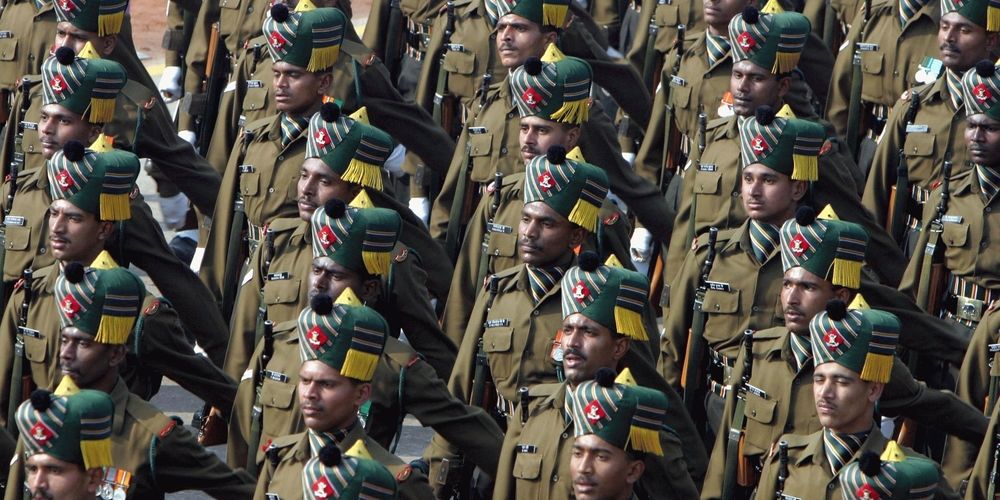
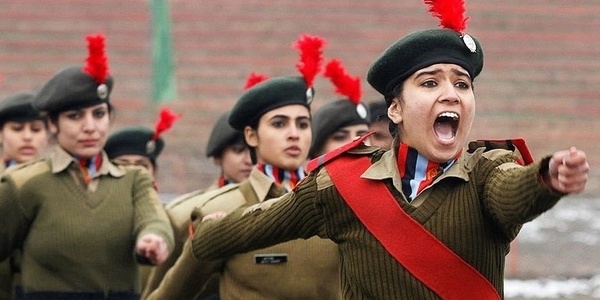

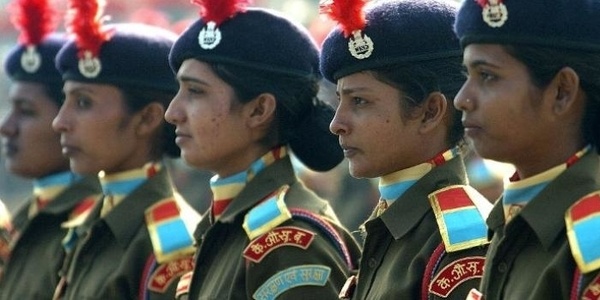
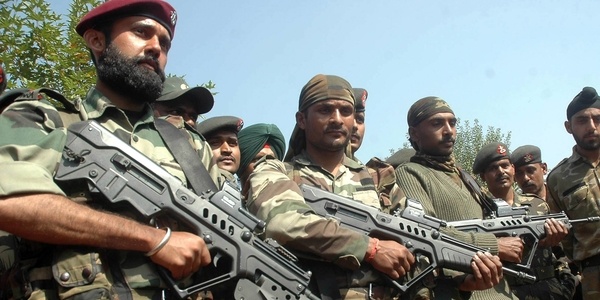
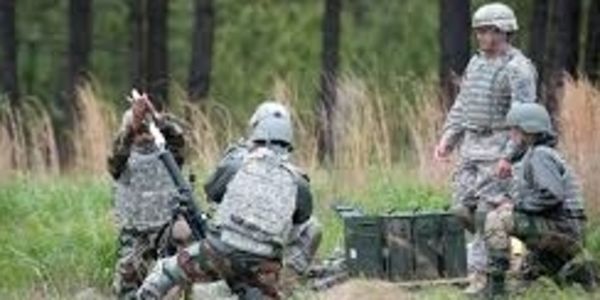
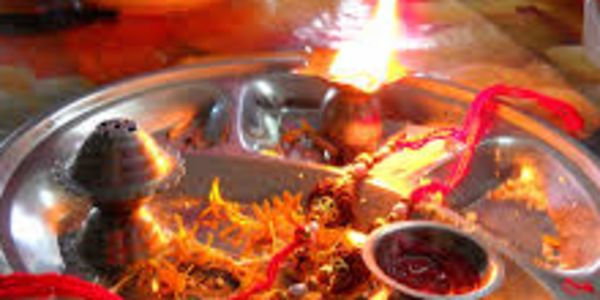
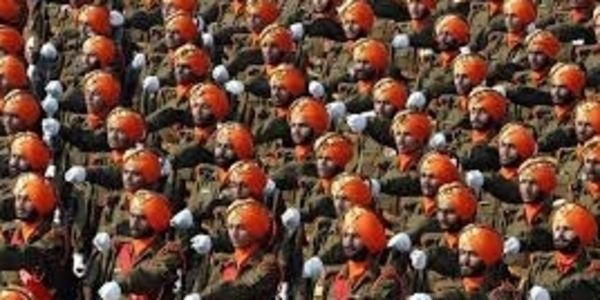
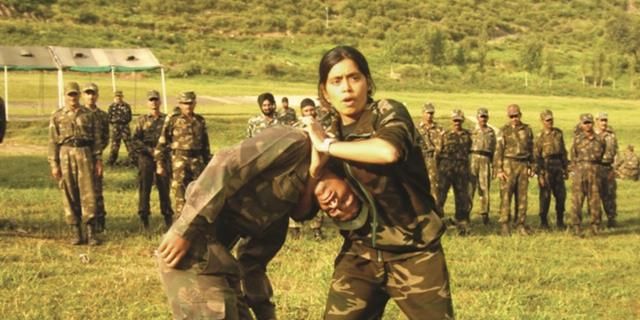
.jpeg)